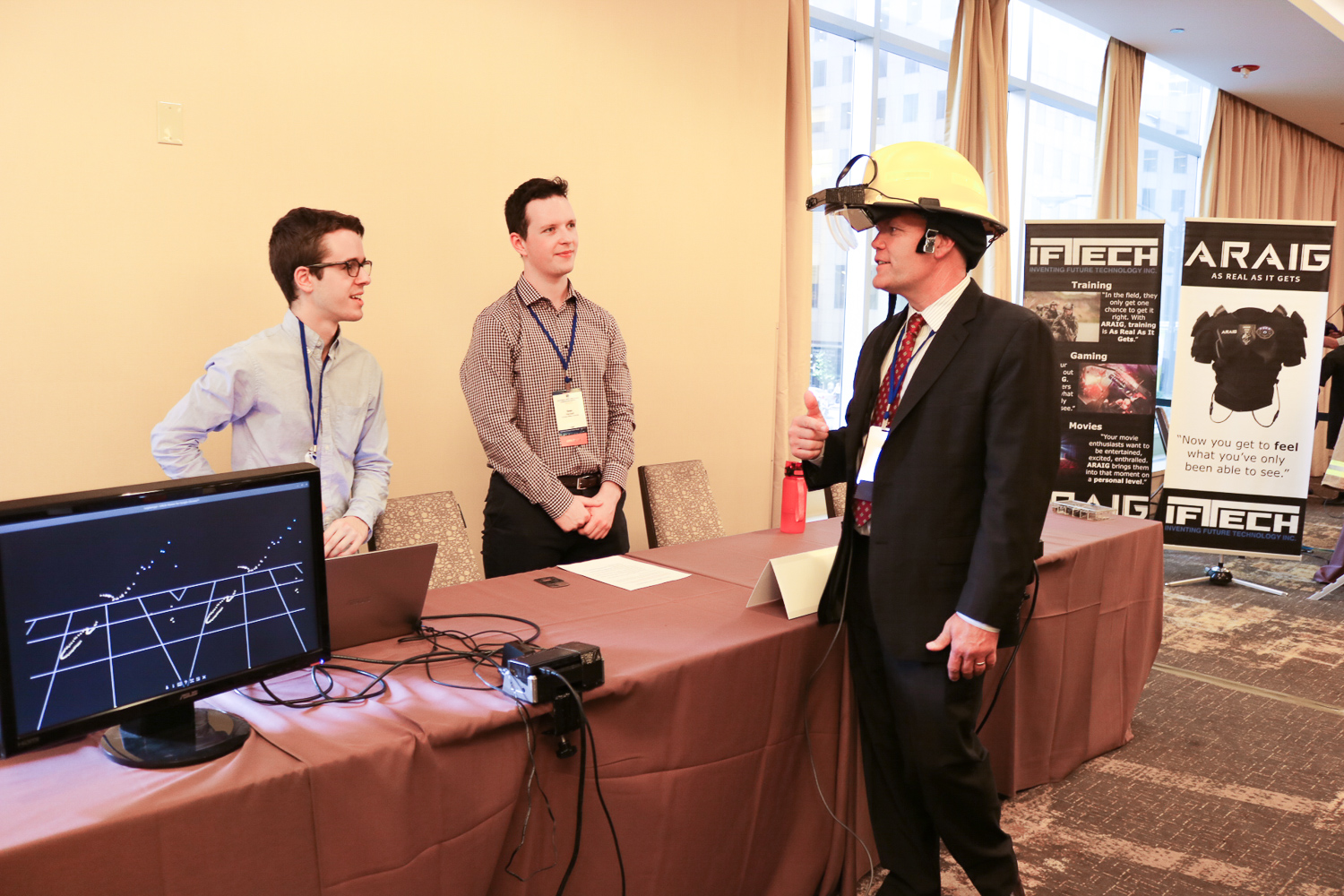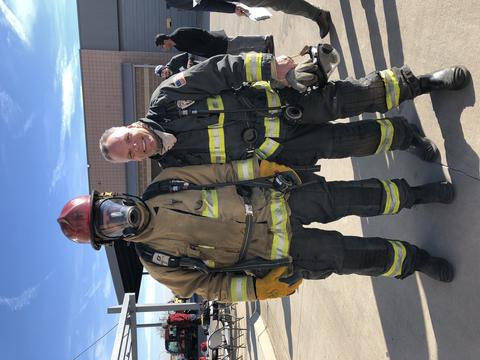Taking Measure
Just a Standard Blog

I came to the Public Safety Communications Research Program (PSCR) as a program manager in 2002, after investigations into the emergency response to the events of 9/11 shed light on the tragic failure of first responder communications systems. Back then, our fairly small program, housed at the National Institute of Standards and Technology (NIST), was able to achieve significant impact. For this I credit our expertise and Congress’ prioritization of fixing issues with land mobile radio (LMR) systems, specifically in the ability for the two-way radio systems to communicate with one another.
Our contribution to the conceptual design of a nationwide public safety broadband network, now known as FirstNet, led us to receive $300 million in funding from the Middle Class Tax Relief and Job Creation Act of 2012. This funding directed NIST to perform critical public safety communications research and development during a 10-year period.
I’m particularly proud that the $300 million enabled us to engage and recruit so many external partners from industry, academia and public safety. For example, the creation of the Open Innovation Program allowed us to launch prize challenges, which have proved to be an exciting and successful mechanism for generating creative and novel solutions to a diverse array of problems.
One of my favorite memories is from the prototype testing phase of our first uncrewed aerial systems (UAS) prize challenge in 2018. I had a rough concept in my head of what this would look like: teams coming from across the country — and some internationally — to compete for more than $400,000 in prizes. I expected it to be highly competitive. But on the first day, as the teams were starting their flight and safety tests, one team’s drone wasn’t working correctly. Instead of turning their backs, all the competing teams huddled over the struggling team to help. They donated parts from their own equipment and worked together to get the one team’s drone up and running. I was shocked. It wasn’t a competitive atmosphere; it was collaborative and supportive. Everyone was there to do whatever it took to improve public safety technology. That was an incredibly eye-opening experience that made me even more excited about our ability to engage external partners.
Another prize challenge opportunity that would’ve never been possible without the $300 million is the 2019 Haptic Interfaces for Public Safety challenge. Through this challenge, we wanted to understand what type of interfaces first responders can use to navigate emergency situations with low visibility. Specifically, we were focusing on haptic technology, which simulates the feeling of touch. We wanted to test whether a haptics sensor on the body (tapping the shoulder, head or hands) would allow a firefighter to navigate more efficiently through a smoke-filled building.

The prize challenge started with concept papers and moved on to prototypes being tested in a virtual reality environment. The winners of the final stage then advanced to testing their prototypes in a real-life firefighter navigation course. Innovators got to test their products with first responders suited up in firefighter gear, allowing them to see and understand in real time the improvements they needed to make. This prize challenge, and the live feedback the participants received, was only possible because of the resources we had available to us.
Stakeholder engagement has always been a core part of this program. I hear from first responders all the time that this type of research is critical: looking to the future and bringing in public safety stakeholders to make sure the technology is informed by their needs. We want first responders to know that they can, and should, have a say in what’s being developed for them.
To this end, PSCR convenes hundreds of stakeholders each year from public safety, government, industry and academia. At our 2019 stakeholder conference in Chicago, we had a room full of technology demonstrations from grantees and prize challenge winners for the first time. Walking into that room and seeing it packed with innovators and stakeholders was incredible. We even had to kick them out at the end of the day because no one wanted to leave! The interest, excitement and energy around all of these ideas is something I had never seen before because we never had that resource capacity. It showed me that what we were trying to do was working.
I’m most proud of the fact that even when the $300 million runs out, its impact will last beyond its expiration date. We stayed true to our principles and driving mission, and we didn’t let the funds change us. We’re first and foremost public safety driven. We constantly engage with our stakeholders. And we always work collaboratively with our partners in industry, academia and other federal agencies.
We used the $300 million to engage external partners through grants, cooperative agreements and prize challenges in ways never done before in the public safety communications area. We established the Public Safety Innovation Accelerator Program (PSIAP) for stimulating R&D to transform public safety communications capabilities. And because of this, we’ve helped build an entire network of researchers, scientists, innovators and companies that now consider improving public safety communications as part of their mission. We have seen venture capital funding targeted to some of these for current and future product development, and other products are already on their way to market. This funding allowed us to make a meaningful difference in public safety communications technology research.
For the past two years, our annual stakeholder meeting has had to be a virtual event. But we’re excited to be back in person in San Diego, June 7-9, 2022. And if you’re not able to join us in San Diego this year, I still hope you’ll get involved. We have a Virtual Lab Tour to bring additional stakeholders from around the world into the PSCR lab. Check it out and let us know what you think.





